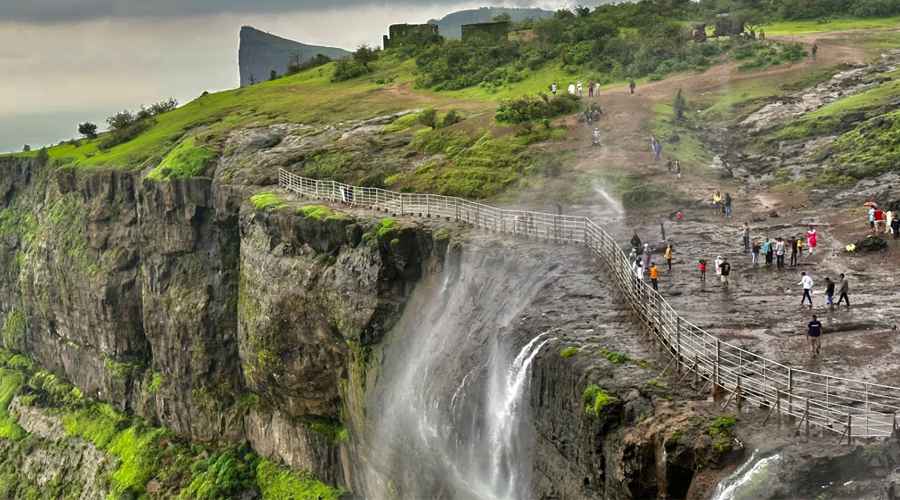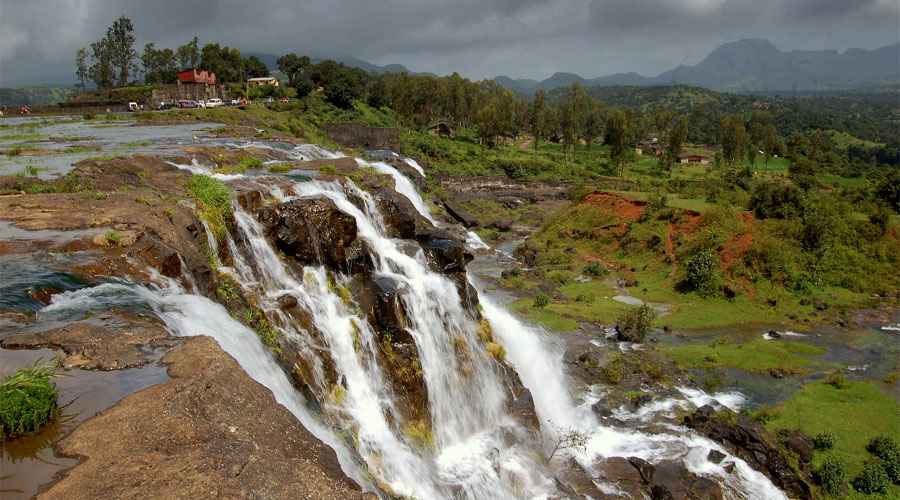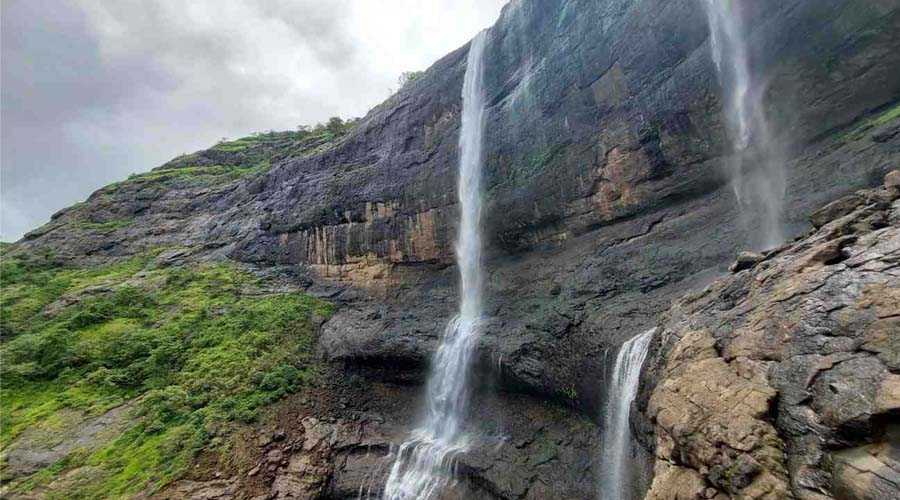Waterfalls are among the most mesmerizing creations in nature—cascades of water plunging down cliffs, creating thunderous sounds and misty veils. Yet, imagine a waterfall that defies one of the most fundamental forces of nature, gravity, by flowing upward instead of down. This rare and fascinating phenomenon is known as a Reverse Waterfall.
What Is a Reverse Waterfall?
View this post on Instagram
A reverse waterfall is a natural phenomenon where the water falling down a cliff or slope is blown upward by strong winds, creating the illusion that the waterfall is flowing backward or upside down. Instead of rushing downward due to gravity, the droplets and streams catch powerful gusts that push them back upwards, often forming spectacular sprays or misty curtains.
This phenomenon occurs when the wind speed is sufficiently high—usually around 75 kilometers per hour (about 47 miles per hour) or more—and the geographic conditions favor strong updrafts. In such cases, the wind essentially “fights” gravity and momentarily reverses the natural flow of the water.
How Does It Happen?
The mechanics of a reverse waterfall depend on an interplay between:
- Strong Winds: Gusts blowing upward with enough strength can push falling water droplets back up the cliff face or slope.
- Waterfall Structure: Waterfalls with thin streams or cascading sheets that can be easily dispersed by the wind are more likely to exhibit this phenomenon than those with heavy, voluminous flow.
- Topography: Narrow cliffs, steep hills, or particular orientations with respect to prevailing winds create ideal conditions. Locations with sharp slopes or mountain passes often have wind patterns channelized to accelerate upward flows.
When these elements align, the falling water meets an upward wind force greater than the downward pull of gravity acting on the droplets, causing the intriguing gravitational reversal of the waterfall.
Famous Reverse Waterfalls Around the World
Though reverse waterfalls are rare and only visible under specific weather conditions, they have been documented in various locations worldwide:
- Naneghat, Maharashtra, India: Among the most popular in India, the reverse waterfall here often attracts visitors and trekkers during the monsoon season when strong winds coincide with heavy falls. Naneghat, a historic mountain pass in the Western Ghats, is known for spectacular wind-driven reverse flows during rains.
- Kinder Downfall, Peak District, UK: This waterfall is renowned in the UK for frequently reversing during windy days, particularly in autumn and winter. The high winds and exposed cliff formation make it a favorite subject for nature photographers.
- Furepe Falls, Hokkaido, Japan: Known as the “Maiden’s Tears,” this waterfall sometimes reverses flow due to the strong coastal winds of Hokkaido’s northern shores.
- Cachoeira da Fumaça (Smoke Waterfall), Brazil: Located in Chapada Diamantina National Park, this fall occasionally exhibits reverse flow, giving it a wispy, smoking appearance.
- Waipuhia Falls, Oahu, Hawaii: The north-easterly trade winds cause this waterfall to reverse position at times, captivating visitors with its gravity-defying spectacle.
- Ivins, Utah, USA: Recently observed reverse waterfalls in this region have amazed residents and tourists alike during strong wind storms.
These waterfalls highlight how winds and natural formations combine to produce this rare effect across diverse geographic landscapes.
When and Where to Witness a Reverse Waterfall
Reverse waterfalls generally occur in areas prone to strong winds, such as mountain passes, coastal cliffs, or elevated terrain. The ideal time is often during seasons when weather systems create strong gusts accompanied by active waterfall flows — commonly in monsoon or storm seasons.
In India, the monsoon months from June to September are best for witnessing reverse waterfalls in the Western Ghats, while in places like the UK, autumn and winter bring the requisite winds. In tropical regions such as Hawaii, trade winds are responsible throughout the year in some areas.
Because the phenomenon depends heavily on weather conditions, seeing a reverse waterfall often requires timing and a bit of luck. Adventurers and photographers plan visits during windy and rainy days for the best chances.
Scientific and Environmental Significance
Reverse waterfalls offer much more than just mesmerizing visuals.
- Wind Dynamics: They provide a real-world demonstration of how wind patterns interact with terrain and water bodies, helping meteorologists and geologists understand airflow behavior near cliffs and mountainous regions.
- Hydrology: Observing how water droplets behave under varied wind pressure enhances knowledge about water dispersion, evaporation, and microclimates around waterfalls.
- Ecology: Reverse waterfalls create unique misty environments that support localized flora and fauna adapted to such dynamic microhabitats.
Capturing the Magic
Photographing or filming a reverse waterfall can be challenging due to the unpredictable winds and often remote, rugged locations. Photographers use high-speed cameras and drones to capture the upward sprays and swirling mist. The rare nature of the phenomenon makes such images treasured among nature enthusiasts and social media audiences alike.
Safety Considerations
While reverse waterfalls are captivating, strong winds that cause them can also be hazardous. Visitors near cliffs during storms or windy weather should exercise caution—slippery rocks and sudden gusts pose risks. It is also important to respect environmental regulations to preserve fragile ecosystems around these natural wonders.
Conclusion
The reverse waterfall is a fascinating example of nature defying expectations. By turning the familiar sight of cascading water on its head, it offers an extraordinary spectacle where gravity seems momentarily suspended by the sheer force of the wind. It invites us to marvel not only at water’s beauty but also at the power of the elements shaping it.
For travellers, photographers, scientists, and dreamers, witnessing or learning about reverse waterfalls opens a special window into nature’s complex dance of forces—where wind commands the water to flow skyward, reminding us of the magic and unpredictability of the natural world.



